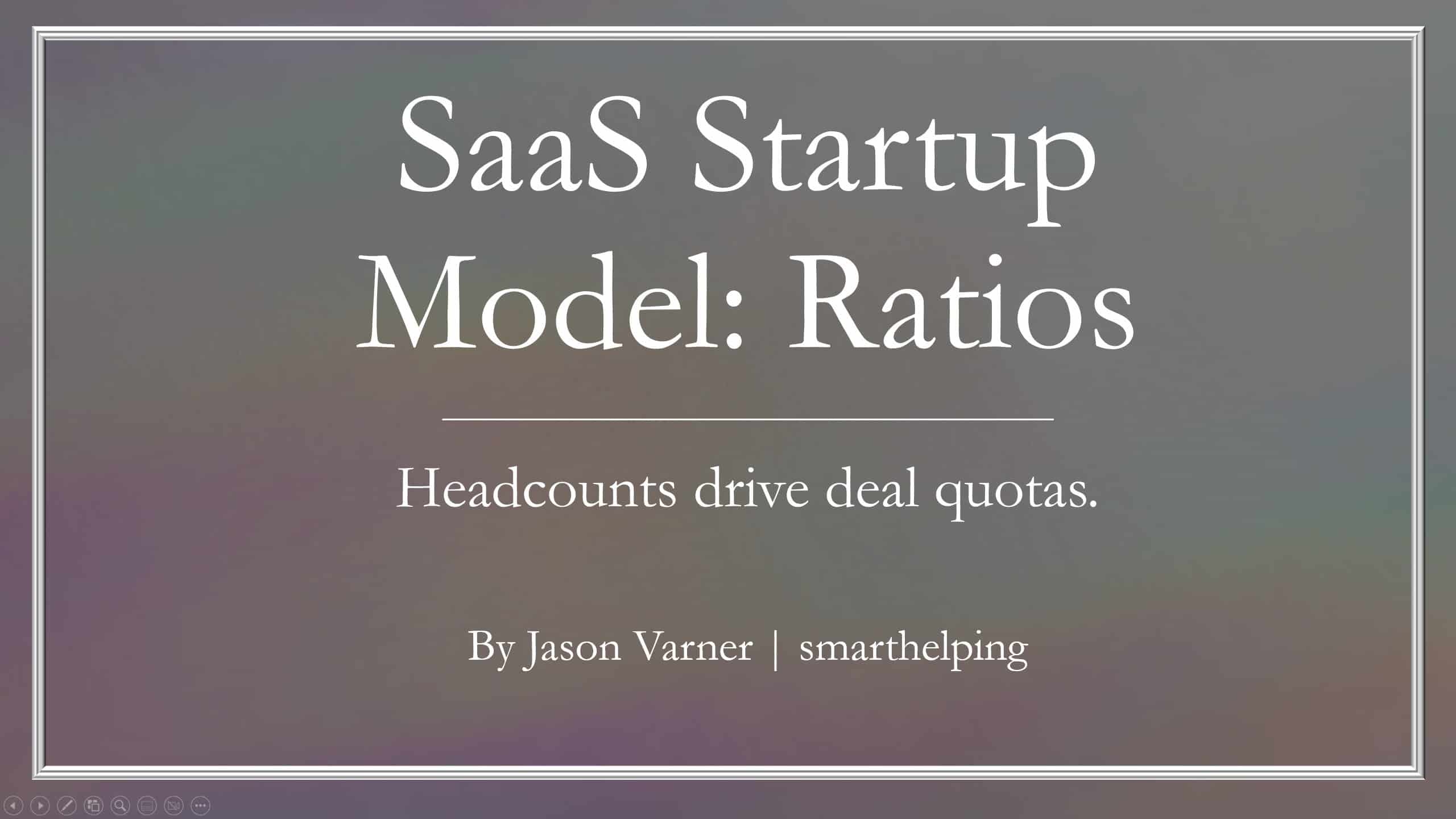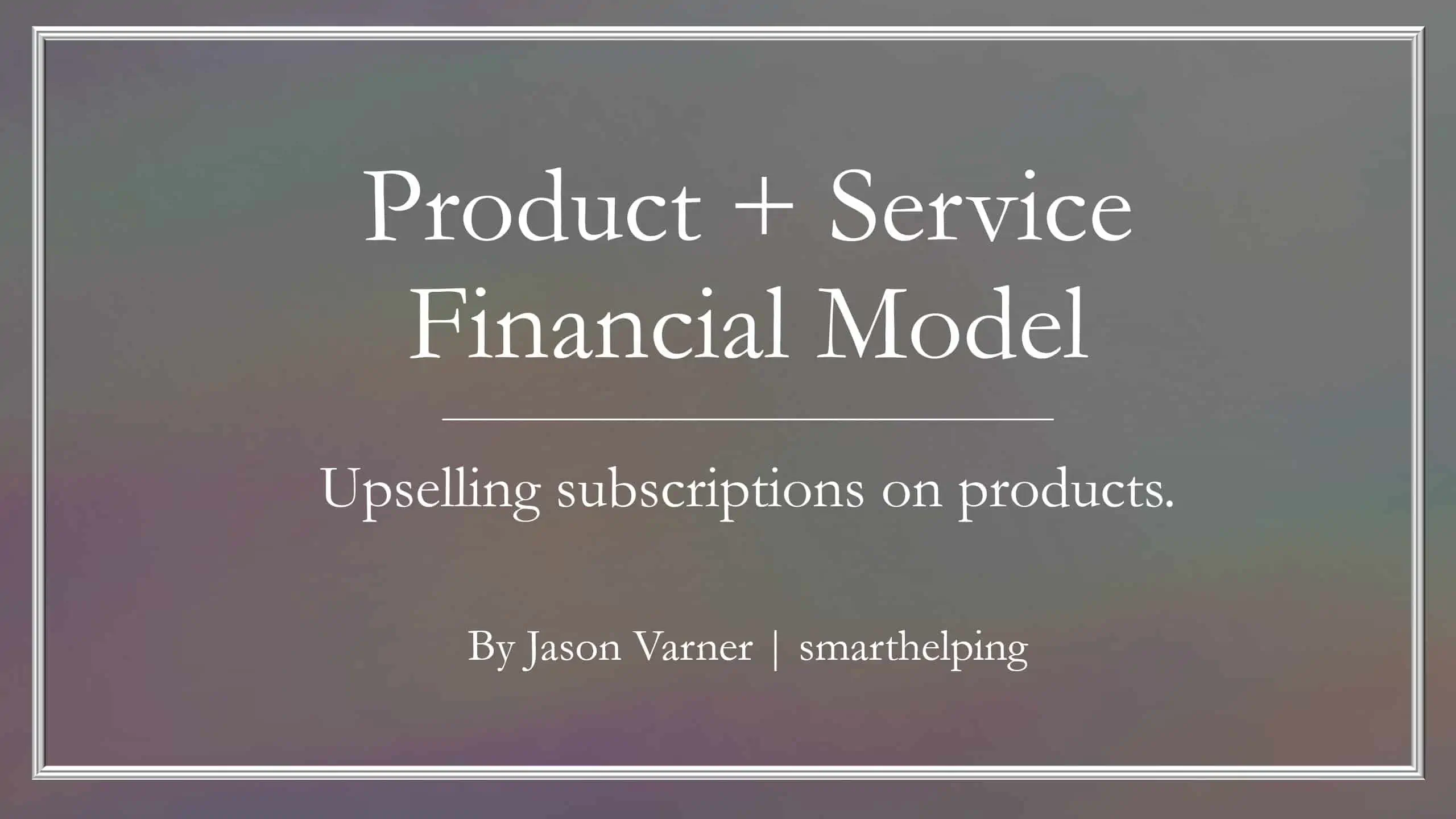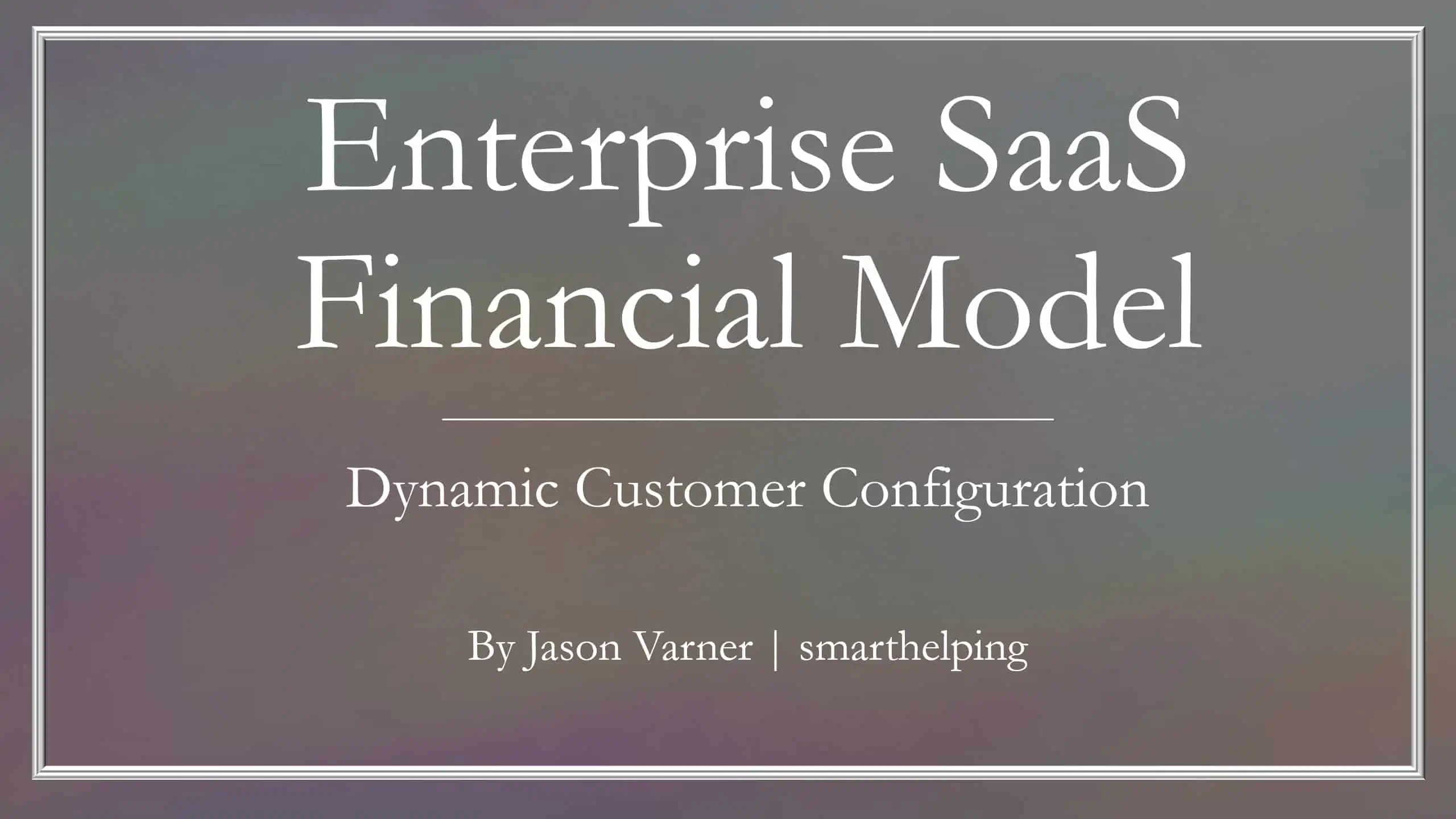Freemium SaaS Financial Model – Includes LTV to CaC Ratio
A financial model focused on the specific nuances of using a freemium strategy. Includes 3-statement model and cap table.

Video Tutorial:
Update: Addition of 3-statement model, cap table, and improved global assumption layout.
Freemium means you are monetizing users who pay nothing to you with ad revenue and then offer the ability for them to pay more to receive no ads and/or get better services.
This has become a popular way to scale new products and services and a lot of large tech companies have used this style in some way to grow. The key behind it is exposing people to your services with no up-front costs. All users have to do is succumb themselves to ads. This is how Pandora Internet radio works.
So, in the spirit of being able to display such logic in a 5-year financial forecast, there are some nuances in the revenue logic that are unique compared to any other type of model. You have to have assumptions for some amount of traffic that converts to your freemium service and then some amount of ad revenue being derived from that (usually with a CPM ad revenue model).
Then, there has to be a mechanism to show conversions of free pool users to paid subscribers. There are also all the fixed and variable costs associated with such a business model. That is all logic that has been included in this template. You can figure out what price might be reasonable to charge for the SaaS portion of your service so that it is feasible to actually start in the first place. This is important when looking at competition and trying to value the service you have at scale.
Take a look through the pictures to see more about all the different displays and summaries you will see populate based on the user-entered assumptions.
Advanced metrics have been included like LTV (lifetime value of a customer), CaC (customer acquisition costs), and the LTV to CaC ratio as well as months to pay back CaC based on average gross profit per user (shown on a monthly and annual basis). This is important to see if you have structured your sales and marketing costs logically based on how much money you are making per customer.
Similar Products
Other customers were also interested in...
Product-as-a-Service (PaaS) Financial Model
This is a true PaaS model with flexible build-out assumptions, capacity sanity checks, and direct sa... Read more
Ratio-Based SaaS Model – Smarter Scaling Log...
This model makes it easier to forecast the scaling out of a SaaS model that is dependent on Account ... Read more
Product + Subscription Financial Model
Build a strategy for adding recurring revenues services to your product. Includes financial statemen... Read more
5-Year Enterprise SaaS Financial Model – 3 C...
A dynamic financial model to forecast monthly and annual customers/revenues/expenses for a SaaS comp... Read more
Data-as-a-Service Financial Feasibility Study
This model is built for data-as-a-service startups. If you have valuable data to monetize, this temp... Read more
Subscription Box Financial Model – Up to 72 ...
Test many variables in this financial model for a subscription box company. Includes up to six prici... Read more
SaaS Financial Model Bundle
This is a bundle of Financial Model Templates for SaaS businesses and their related sectors such as ... Read more
Marketplace with 3 Subscription Tiers: 5 Year Fina...
I built marketplace assumptions on to of my best subscription forecasting model to get this beautifu... Read more
Property Management Business Financial Model
Create a wide range of scenarios for the financial forecasting of a property management business. In... Read more
Function-as-a-Service (serverless computing) Finan...
Create financial projections for a FaaS cloud computing services business. This is a recurring reven... Read more
You must log in to submit a review.






















